Macon’s Got Curves: American Victorian Edition
Macon's most significant and intact American Victorian homes
February 17, 2018
Macon, Georgia boasts some of the most significant and intact American Victorian neighborhoods in the Southeast. With that comes great examples of the period’s iconic architectural designs.
The Victorian Era of the 19th century began in Great Britain with the coronation of Queen Victoria. This groundbreaking and industrious time in world history would span the length of Victoria’s reign from 1837 – 1901.
The achievements of this era in modernism and industry would begin to transcend the British isles to other parts of the world with the Great Exhibition of 1851.
This new way of life in fashion and machinery would largely cross the pond to influence the United States in the last half of the 19th century. This late Victorian period would become what is widely known as the American Victorian Era.
With the onslaught of the Civil War of the 1860s the South would not see the full influence of this new time until the Reconstruction Era. Making a significant impact in the 1870s and 1880s.
In the new life of the American Victorian Era, fashion and design would radically modernize. Buildings and homes would take on new facades. Color palettes and architectural details would change.
Here are eight of our favorite downtown Macon homes and commercial structures exemplifying this quintessential style, in no particular order:
-
Hatcher-Groover-Schwartz

1880
Built in Second French Empire style, or simply Second Empire, this remarkable brick home is the only one of its kind in Macon. Second Empire architecture was popularized throughout the latter half of the 19th century. This was once the home of Judge Felton Hatcher and stands today almost identical to its original construction.
-
Grey Cottage
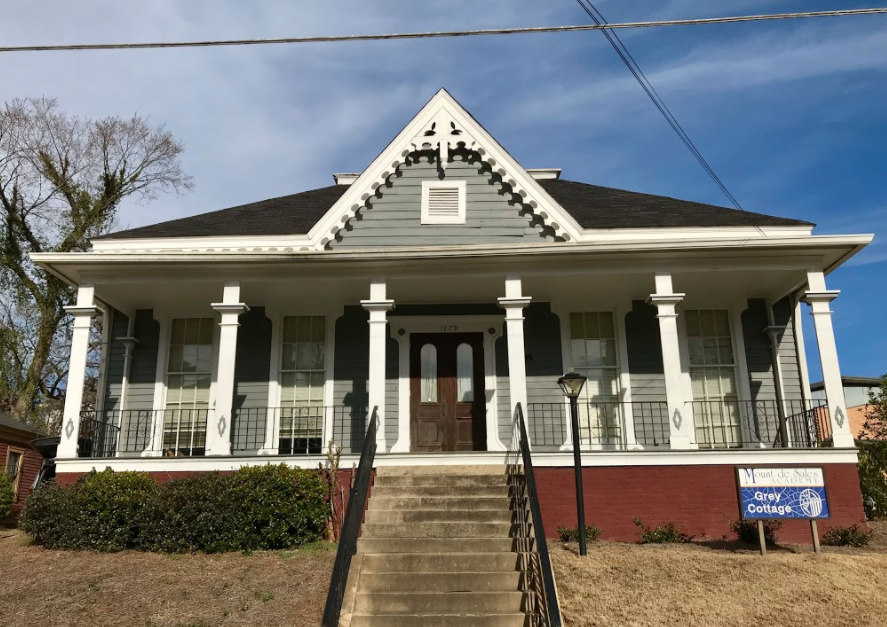
1885
Once named Hanna, this structure is a great example of Victorian cottage style throughout the Southeast. Now the Grey Cottage for Mount de Sales Academy, the house features unusual columns, a high-pitched roof common of the era and interesting, but simplistic fretwork.
-
Hines-Kirby
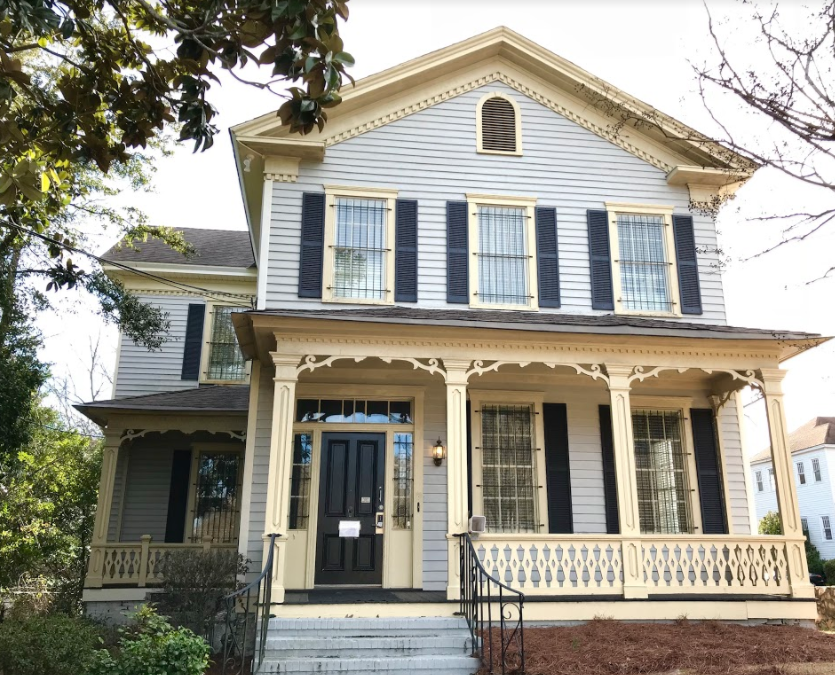
1871
This Folk Victorian build is greatly noteworthy for its traditional and pure design. Folk Victorian architecture was widely popular throughout the United States from 1870 – 1910. The graceful nature of the now commercial building and delicate trim make is a wonderful example of this late Victorian style found in Macon.
-
Jeter Noble House

1880
The Italianate features of this Victorian house make it a remarkable addition to the quaint neighborhood that it resides in. The two tower-like structures on the second story with matching porthole vents add to its uniqueness and classic design.
-
Old Macon Library (Library Ballroom)
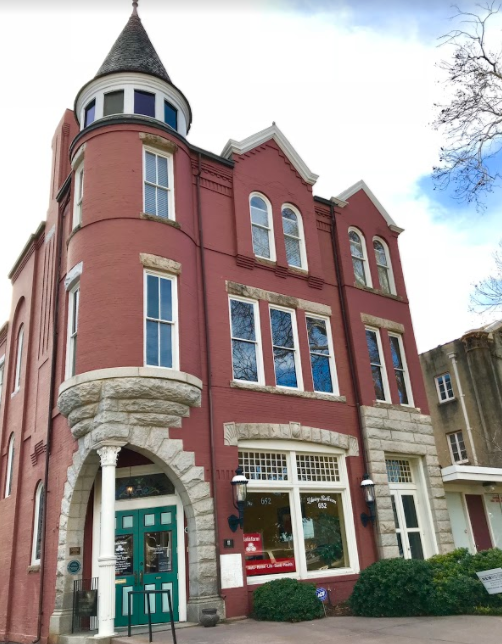
1889
Designed by D. B. Woodruff, the downtown building was constructed by Macon Public Library and Historical Society. It would become Macon’s first public library. The corner entrance and two-story turret with pointed roof make it an iconic structure in the city.
-
Volunteers Armory
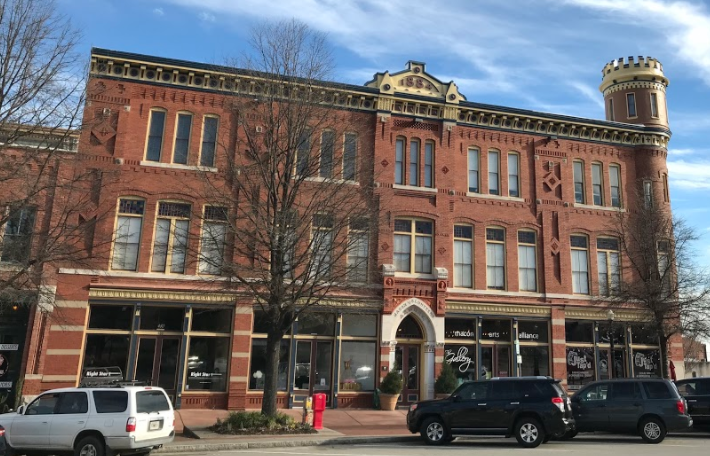
1884
Consisting of three stories, this downtown commercial building features excellent late 19th century brickwork. With a castellated Gothic tower, the historic armory showcases a typical architectural esthetic to the era.
-
Wells-Hurley-Massey

- 1891
This visually charming clapboard (overlapped wood planks) home stands on a brick foundation with a wonderfully executed mansard roof signature of Second Empire style. The dentil trim and dormers found at the top add to its elegance. The delicate and detailed woodwork adorning the front porch is distinctive of the Victorian movement throughout the U.S.
-
Davis-Guttenberger-Rankin

1890
This extraordinary home features a uniquely North American architectural style titled Carpenter Gothic. This house, built by B. M. Davis, is a stand alone in Macon with its elaborate wood detailing and carpentry. It features an octagonal turret, a tower with porthole windows, period stained glass, double glass panel doors and intricate brackets along the front porch. The late 19th century style allowed its designers the freedom to improvise and adapt upon traditional Gothic elements.

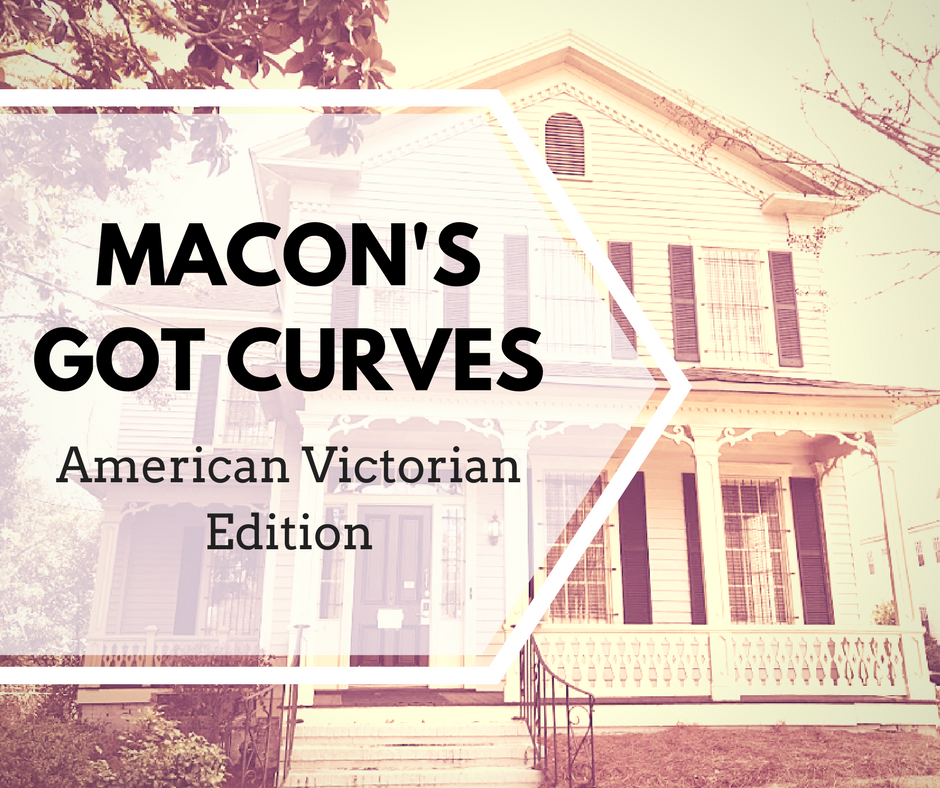
Charlotte Bowden Kerr • Feb 18, 2018 at 4:39 pm
I loved the homes you featured. Since I grew up in Macon, I am always interested in articles, features, photos, etc. about Macon and it’s history. Please let me know if I can sign up with you for future entries.